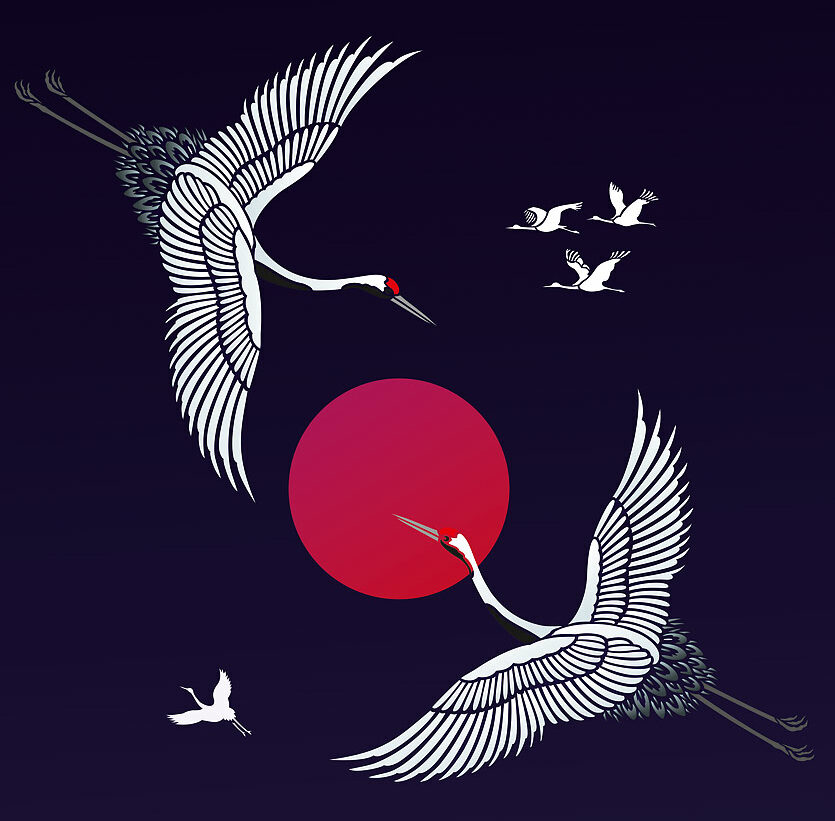A Call for World Peace
16 April 2025 | Kyoto
20 April 2025 | Hiroshima
23 April 2025 | Tokyo
The Symphony of Deep Layers is an ode to peace. In the current geopolitical context, we want to create an event that reminds us that peace is possible and desirable, within each of us, between us, and between states.
This project is also the story of an encounter between art and science in an innovative and pioneering field: artificial intelligence (AI). By celebrating the close relationship between music and applied mathematics, we want to pay tribute to the universal and timeless nature of music. Music, like mathematics, escapes the passage of time. Sadly, the same is true of human suffering.
The Symphony of Deep Layers thus refers not only to the algorithmic method of Deep Learning, but also to the many facets of human emotions in war and peace. This concert is therefore addressed to every human being, regardless of place of residence or nationality.
The year 2025, like the choice of Japan, has a symbolic dimension. This classical music concert will take place in the year commemorating the 80th anniversary of the nuclear bombings of Hiroshima and Nagasaki. These bombings killed 100,000 people in a matter of seconds on August 6, 1945, burned to death in the first few seconds, and 200,000 as a result of the explosion. As the years pass since this tragedy, it is urgent and important to recall these events as a call for global peace.
This concert will be an opportunity to promote Swiss culture and music abroad by performing a world premiere of the piece ‘The Symphony of Deep Layers’ by Swiss composer Joséphine Maillefer, commissioned for the occasion. The programme will also include a piece composed using an artificial intelligence algorithm.
The rest of the programme will include works chosen for their particular relevance to the themes at hand.
The event pays tribute to Swiss medical doctor Marcel Junod, who was the first Western physician to travel to Japan after the 1945 nuclear bombings of Hiroshima and Nagasaki, as a delegate of the International Committee of the Red Cross (ICRC). A monument has been erected in his honour in the Hiroshima Peace Garden.
